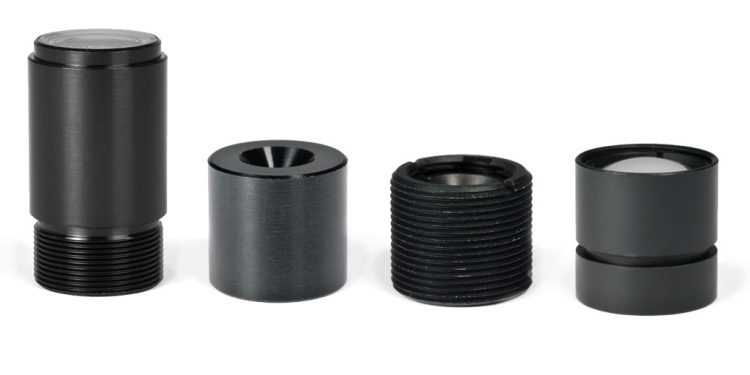Optical systems are pervasive in modern technology, and they often demand precision and customization to meet specific requirements. While glass optics have been the traditional choice, plastic optics are gaining prominence due to their versatility and customizability. This article explores how plastic optics can be customized to meet unique optical needs in various fields, such as automotive lighting and industrial sensors, and the benefits of precision engineering in plastic optics.
The Versatility of Plastic Optics
Plastic optics offer several advantages that make them an attractive choice for customization:
- Design Flexibility: Custom Molded Plastic Optics can be molded into complex shapes and configurations, allowing for intricate optical designs that are challenging to achieve with glass optics.
- Lightweight: Plastic optics are significantly lighter than glass, making them ideal for applications where weight is a concern, such as aerospace and automotive industries.
- Cost-Effectiveness: The production of plastic optics is often more cost-effective than glass, especially for large volumes, making them an economical choice for mass-produced components.
- Customization: Plastic optics can be precisely tailored to meet specific optical requirements, from lens shapes to refractive indices.
Customization in Automotive Lighting
One of the key applications of custom plastic optics is in automotive lighting. Modern vehicles require advanced lighting systems that can provide optimal illumination and visibility while minimizing energy consumption. Custom plastic optics enable:
- Optimized Beam Patterns: Plastic lenses can be designed to produce specific beam patterns for headlights, tail lights, and signal lights, improving road safety and aesthetics.
- Energy Efficiency: Precision plastic optics can reduce light dispersion and improve light distribution, increasing energy efficiency and reducing glare.
- Aesthetics: Custom-designed plastic optics allow automotive manufacturers to create unique and distinctive lighting designs, enhancing brand identity.
Customization in Industrial Sensors
In industrial settings, precision and reliability are paramount. Custom plastic optics are used in various industrial sensors to achieve specific measurement and inspection goals:
- Focused Light: Plastic lenses can be tailored to focus light precisely onto sensors, improving the accuracy of measurements in applications such as barcode scanners and optical encoders.
- Wavelength Filtering: Custom plastic filters can be designed to transmit or block specific wavelengths of light, enabling the detection of specific gases or substances in industrial analyzers.
- Optical Alignment: Precision plastic optics help ensure proper optical alignment in industrial sensors, reducing errors and improving measurement accuracy.
Benefits of Precision Engineering in Plastic Optics
Precision engineering plays a vital role in customizing plastic optics:
- Tolerances: Custom plastic optics are manufactured with tight tolerances to ensure consistent performance and optical quality.
- Material Selection: Engineers choose from a variety of optical-grade plastics with specific properties, such as refractive index and thermal stability, to meet the optical system’s requirements.
- Coatings: Custom plastic optics can be coated with anti-reflective coatings or other specialty coatings to enhance optical performance and durability.
- Testing and Quality Control: Precision engineering includes rigorous testing and quality control processes to verify that the custom plastic optics meet the specified performance criteria.
In conclusion, plastic optics offer a customizable and cost-effective solution for meeting unique optical needs in various industries, from automotive lighting to industrial sensors. Precision engineering in plastic optics allows for tailored optical components that optimize performance and meet specific requirements, while also offering benefits like lightweight design and cost savings. As technology continues to advance, plastic optics will continue to play an integral role in shaping the future of optical systems across multiple sectors.







